The article is freely available for 50 days: Anyone clicking on this link before February 03, 2019 will be taken directly to the final version of this article: https://authors.elsevier.com/c/1YE0uB8ccghTq
Citation:
Daley, K., Jamieson, R., Rainham, D., Hansen, L. T., Harper, S. L. (2018). Screening-level microbial risk assessment of acute gastrointestinal illness attributable to wastewater treatment systems in Nunavut, Canada. Science of the Total Environment. 657(20): 1253-1264.
Abstract:
Most arctic communities use primary wastewater treatment systems that are capable of only low levels of pathogen removal. Effluent potentially containing fecally derived microorganisms is released into wetlands and marine waters that may simultaneously serve as recreation or food harvesting locations for local populations. The purpose of this study is to provide the first estimates of acute gastrointestinal illness (AGI) attributable to wastewater treatment systems in Arctic Canada. A screening-level, point estimate quantitative microbial risk assessment model was developed to evaluate worst-case scenarios across an array of exposure pathways in five case study locations. A high annual AGI incidence rate of 5.0 cases per person is estimated in Pangnirtung, where a mechanical treatment plant discharges directly to marine waters, with all cases occurring during low tide conditions. The probability of AGI per person per single exposure during this period ranges between 1.0 × 10−1 (shore recreation) and 6.0 × 10−1 (shellfish consumption). A moderate incidence rate of 1.2 episodes of AGI per person is estimated in Naujaat, where a treatment system consisting of a pond and tundra wetland is used, with the majority of cases occurring during spring. The pathway with the highest individual probability of AGI per single exposure event is wetland travel at 6.0 × 10−1. All other risk probabilities per single exposure are <1.0 × 10−1. The AGI incidence rates estimated for the other three case study locations are <0.1. These findings suggest that wastewater treatment sites may be contributing to elevated rates of AGI in some arctic Canadian communities. Absolute risk values, however, should be weighed with caution based on the exploratory nature of this study design. These results can be used to inform future risk assessment and epidemiological research as well as support public health and sanitation decisions in the region.






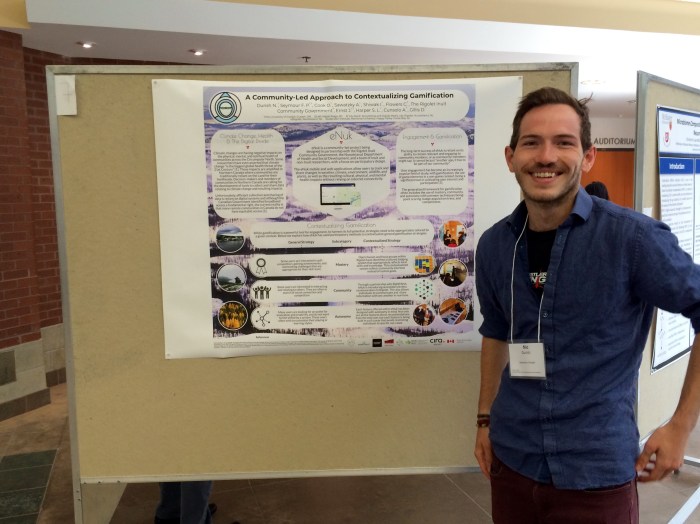
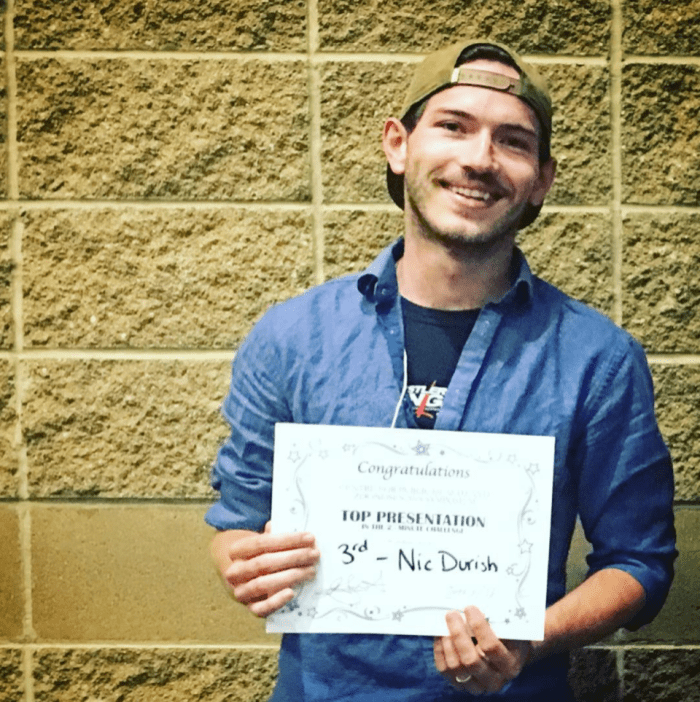
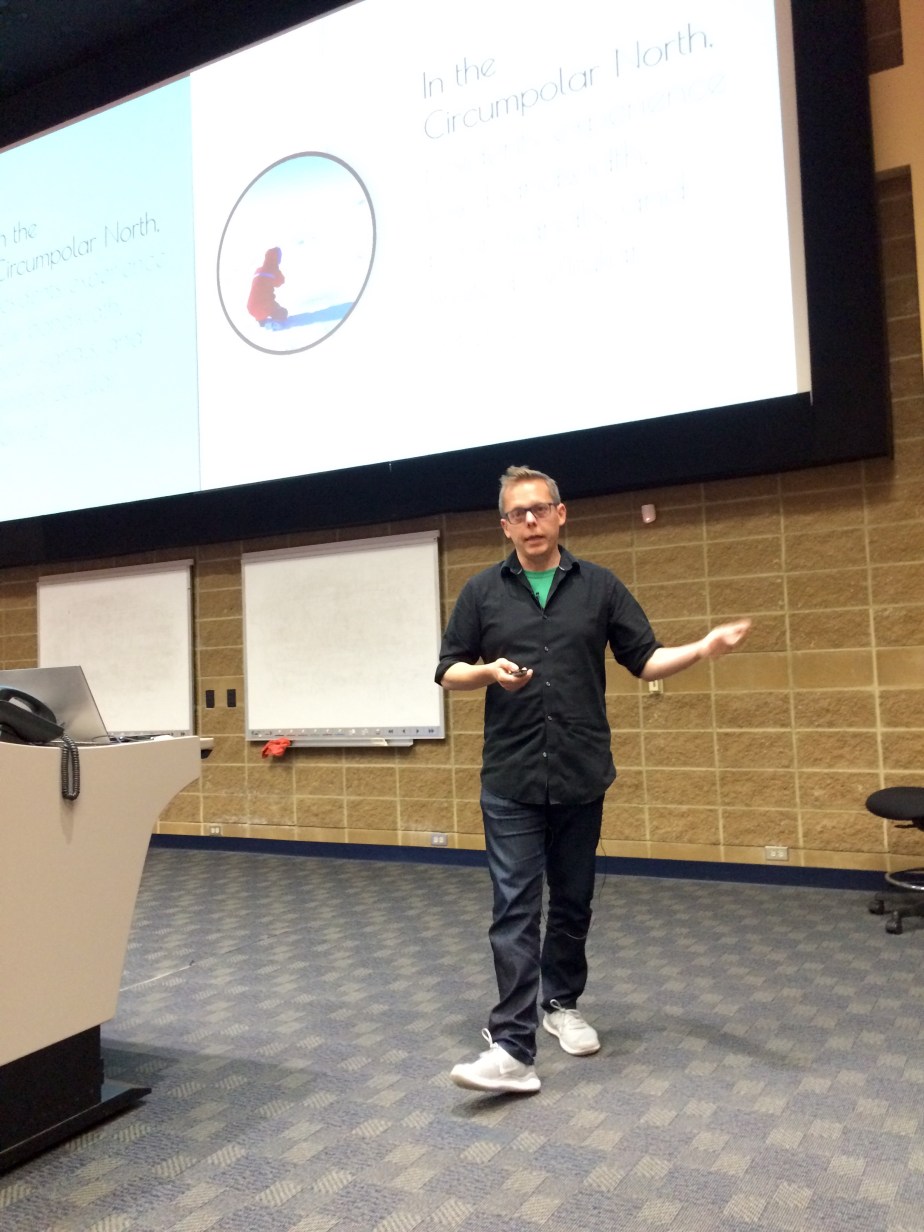







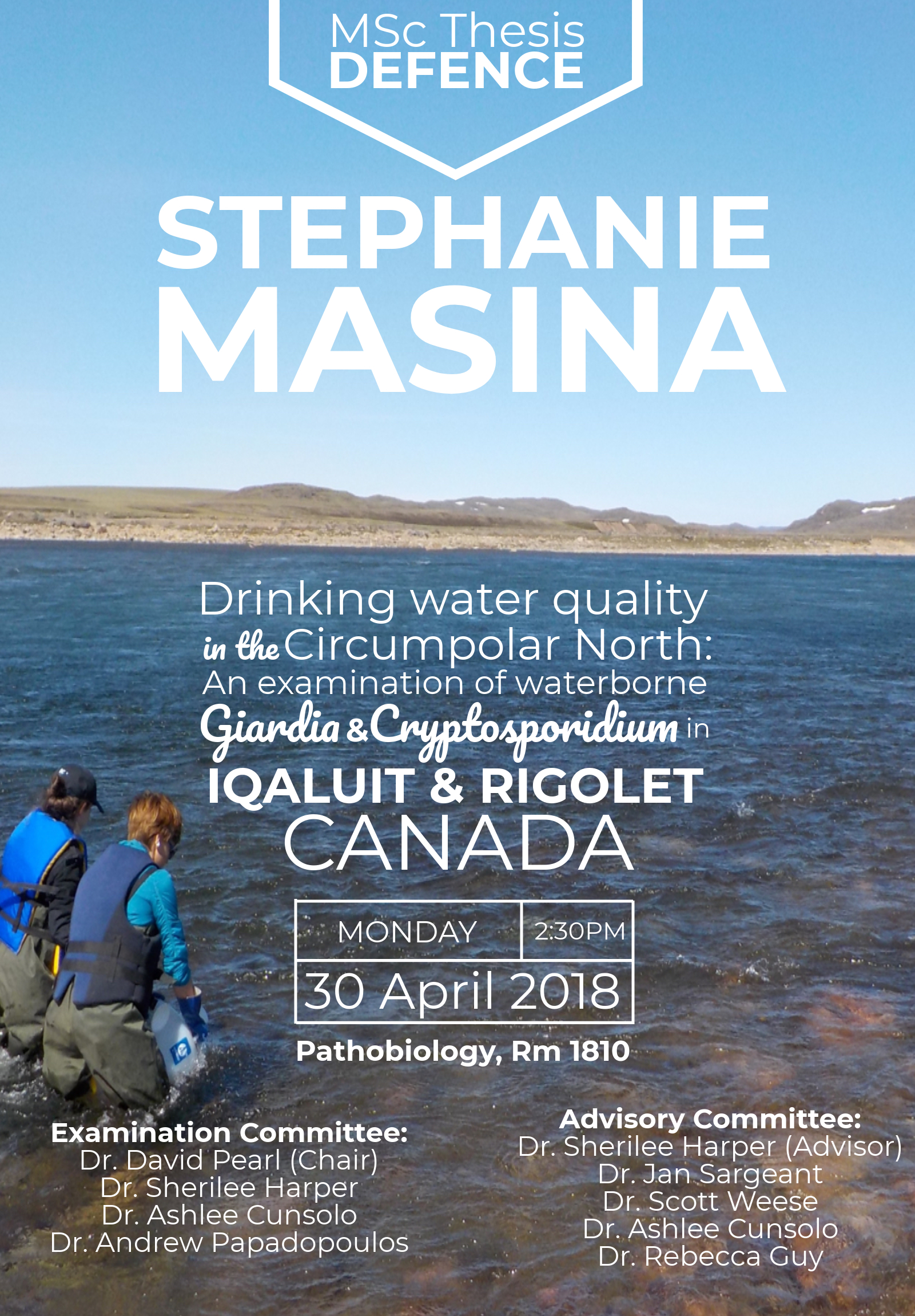

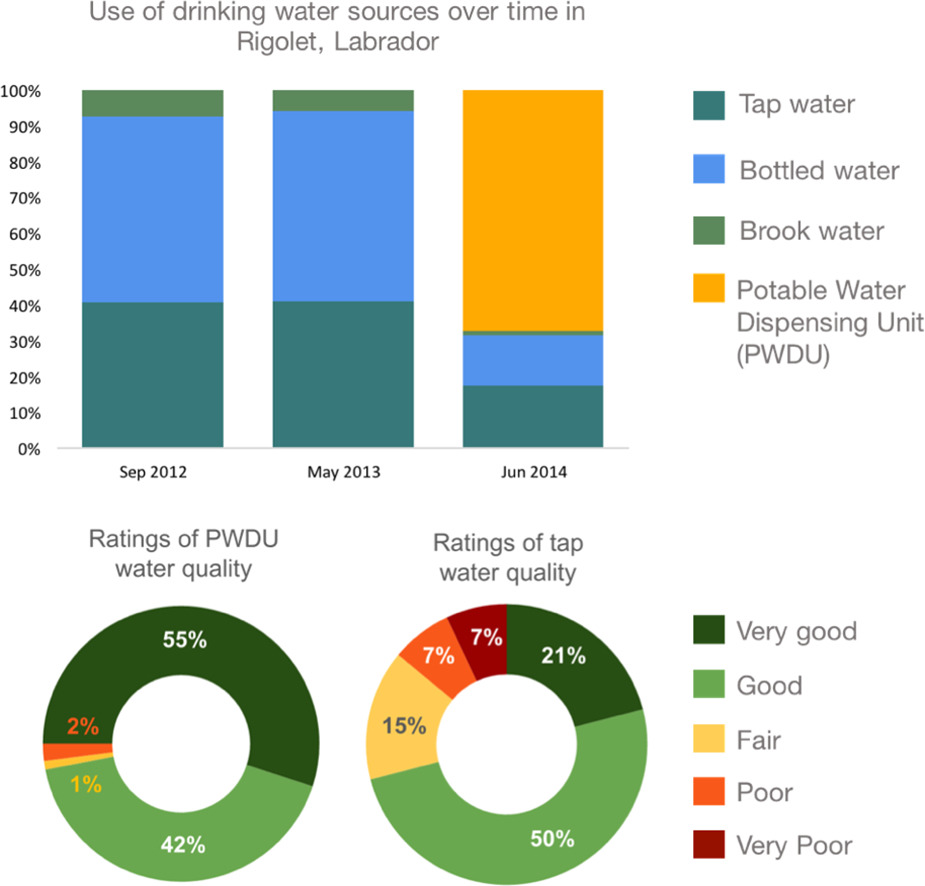
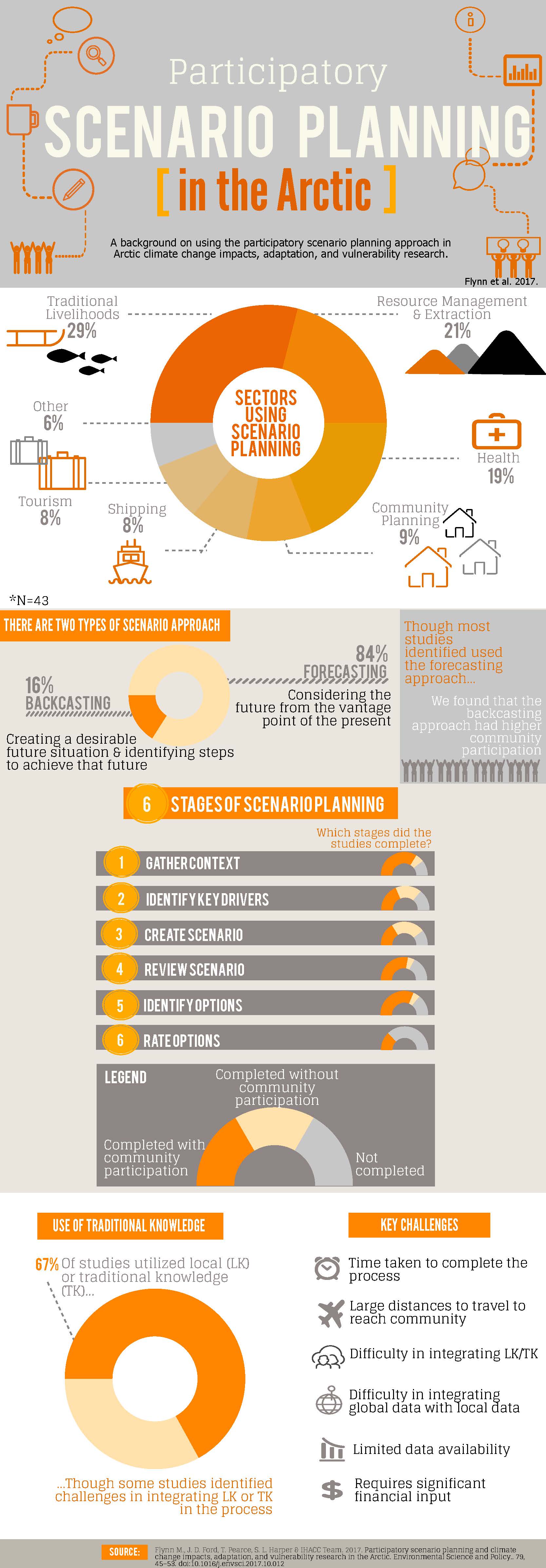 Congratulations to
Congratulations to 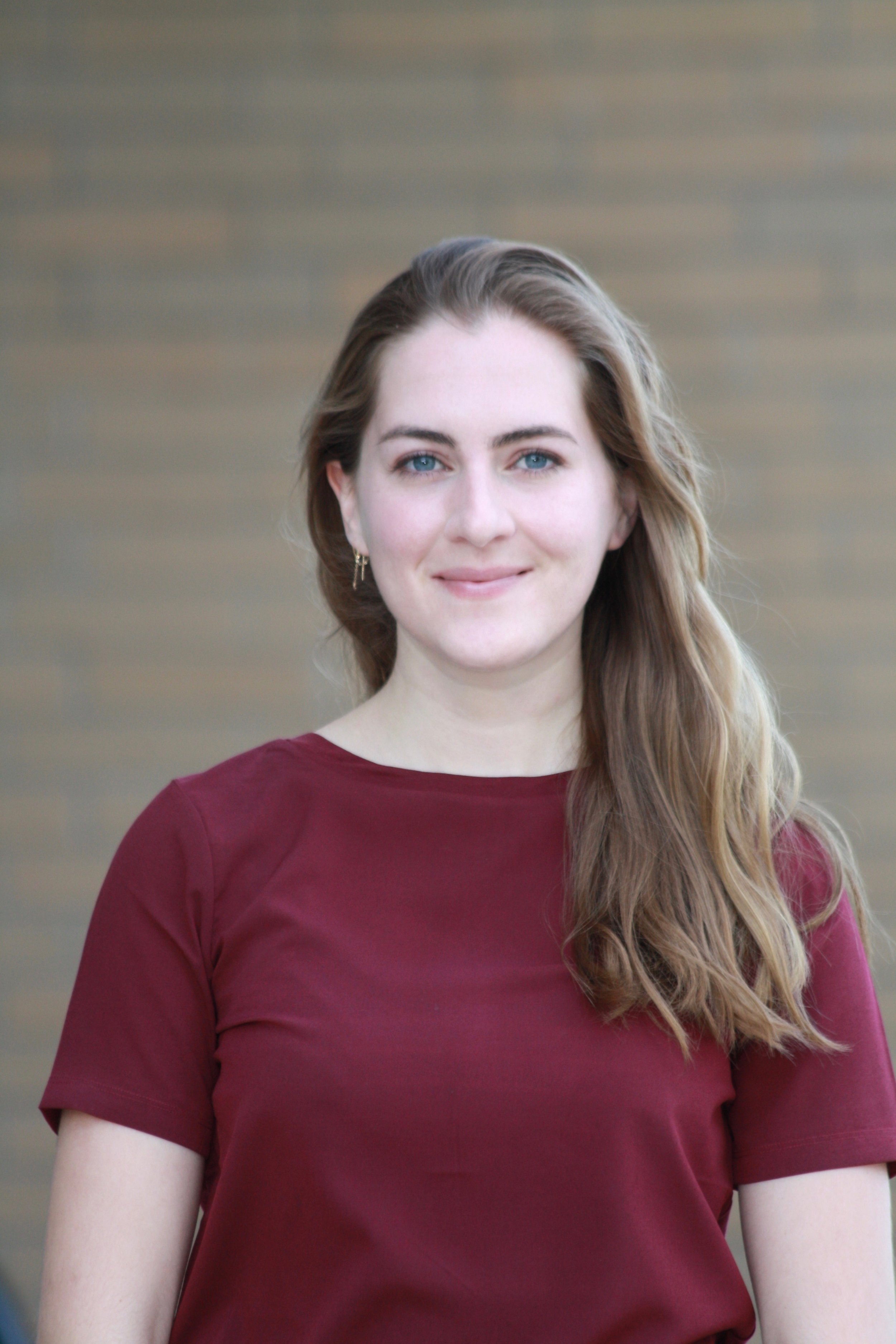
 Sincerest congratulations to PhD student,
Sincerest congratulations to PhD student, 